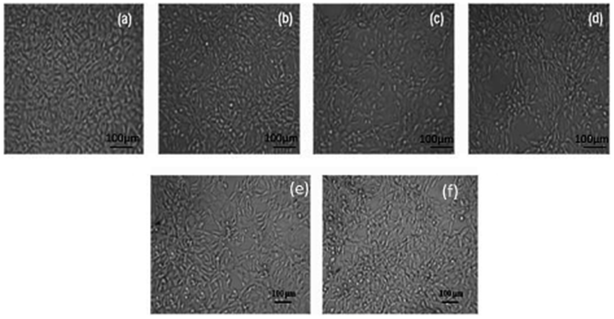 Open Access Article
Open Access ArticleCreative Commons Attribution 3.0 Unported Licence
Correction: Encapsulation of therapeutic lavender oil in an electrolyte assisted polyacrylonitrile nanofibres for antibacterial applications
K. Balasubramanian*a and
Kisan M. Kodamb
aDepartment of Materials Engineering, DIAT (DU), Ministry of Defence, Girinagar, Pune, Maharashtra, India. E-mail: meetkbs@gmail.com; Fax: +91 020 2438 9509; Tel: +91 020 2438 9680
bDepartment of Chemistry, Savitribai Phule Pune University, Pune – 41100, India
First published on 9th August 2016
Abstract
Correction for ‘Encapsulation of therapeutic lavender oil in an electrolyte assisted polyacrylonitrile nanofibres for antibacterial applications’ by K. Balasubramanian et al., RSC Adv., 2014, 4, 54892–54901.
The authors regret their oversight in publishing the incorrect images in Fig. 1 and Fig. 10. The correct images are shown below:
Additionally, after publishing this RSC Advances paper the authors found that the fitting applied in Fig. 7 was incorrect. Therefore the authors repeated their experiments and fitted the data to the models to produce the corrected figure below. This figure supports the finding that the release profile of lavender oil fits best to the Higuchi model.
The Royal Society of Chemistry apologises for these errors and any consequent inconvenience to authors and readers.
| This journal is © The Royal Society of Chemistry 2016 |



